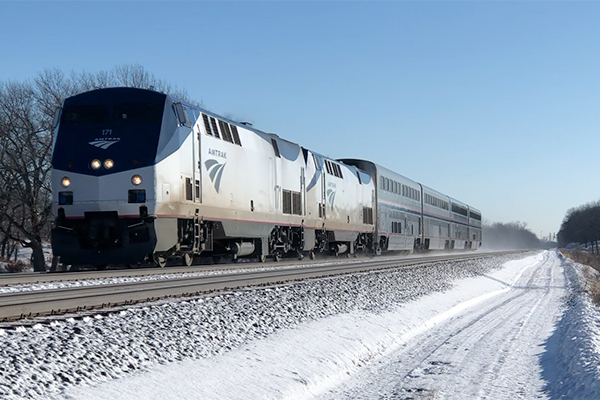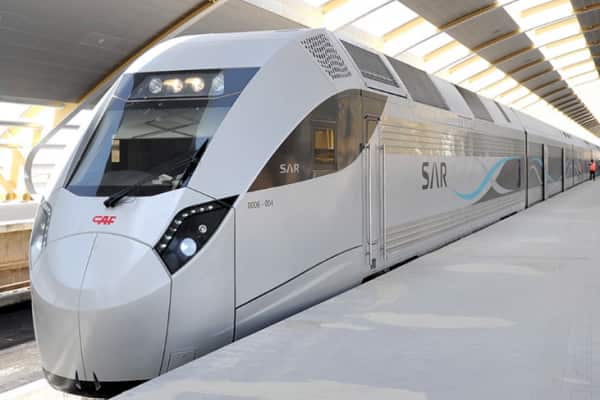Let’s Rebuild the Trains That Represent America
Amtrak’s Long-Distance Inter-Regional trains are multi-purpose mobility machines, connecting cities and distant rural areas, serving budget-minded commuters and higher-ticket tourists in one highly-efficient vehicle.
They are highly productive, cost-effectively bundling together many trip types and travel markets. They unite the country.
We need to invest in them more. This means
● Better tracks and signals
● Reduced trip times
● Improved on-time performance
● More frequent departures to more places
● High-performance, modern trainsets that will attract more passengers and reduce operating costs
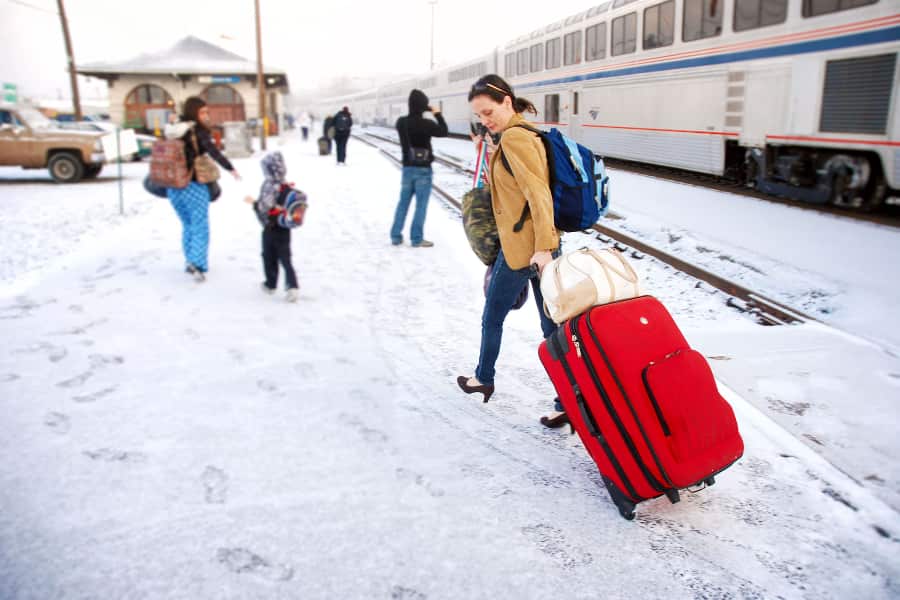
Night trains are a cost-effective way to connect rural America.
Tell Congress to invest in more trains for Amtrak
Amtrak’s trains are too short. Congress needs to invest in more coaches and sleepers.
Inter-Regional Trains Connect the Country
A long-distance route is really many connected and overlapping shorter corridors.
Packaged together, those corridors serve more passengers than they could individually. A long-distance route is like a network: more destinations means more travel options and more passengers.
The U.S. inter-regional network has only 15 routes, most with just one train a day; two with only three per week. Yet these routes are heavily used, accounting for nearly half of passenger miles on the nation’s entire intercity passenger train system.
The Chicago-Seattle Empire Builder offers one example of how trains bridge time zones and economic classes, serving residents of dense cities and sparse rural areas alike.
Passengers get on and off the train all along its route, some riding for just a stop or two, some going the entire distance from the Midwest to the coast.
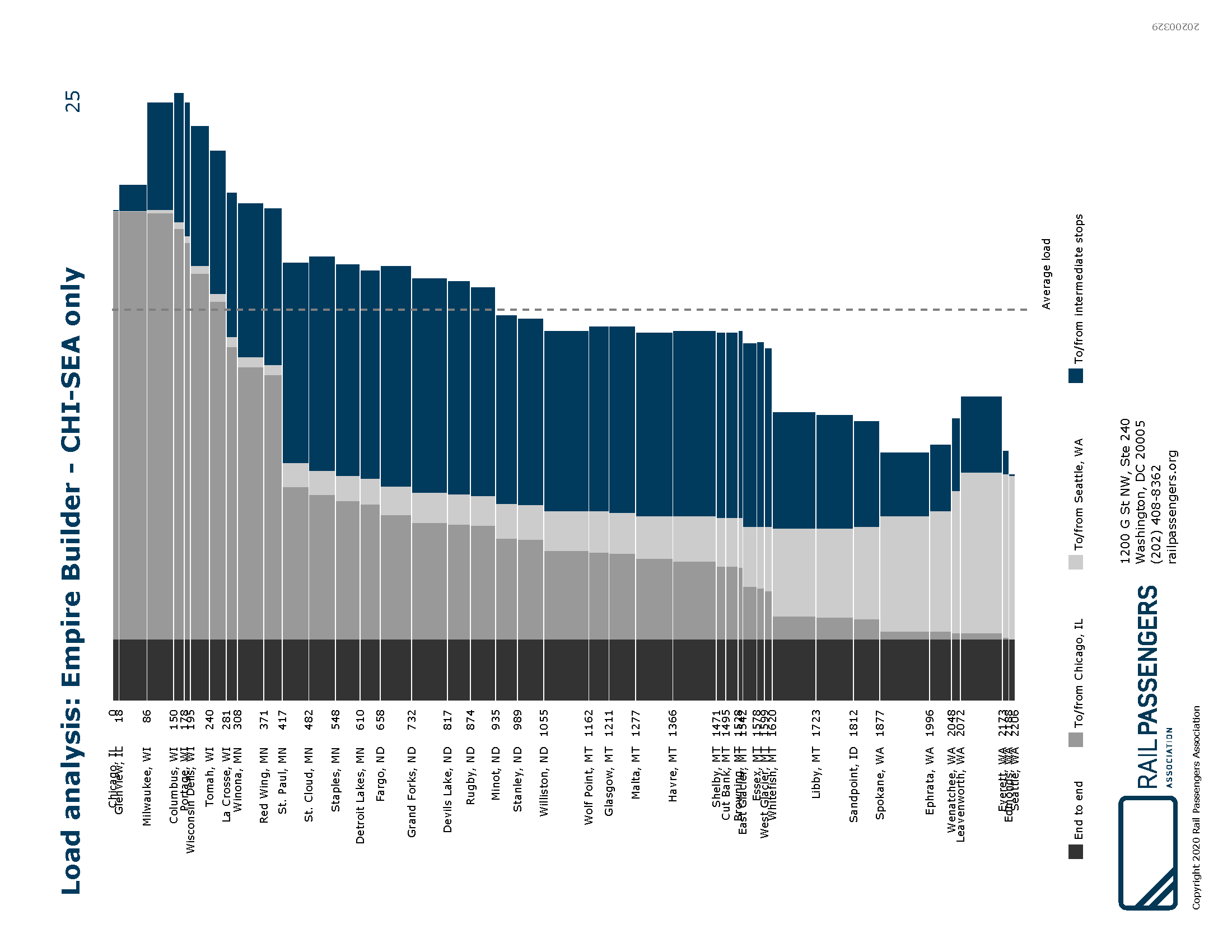
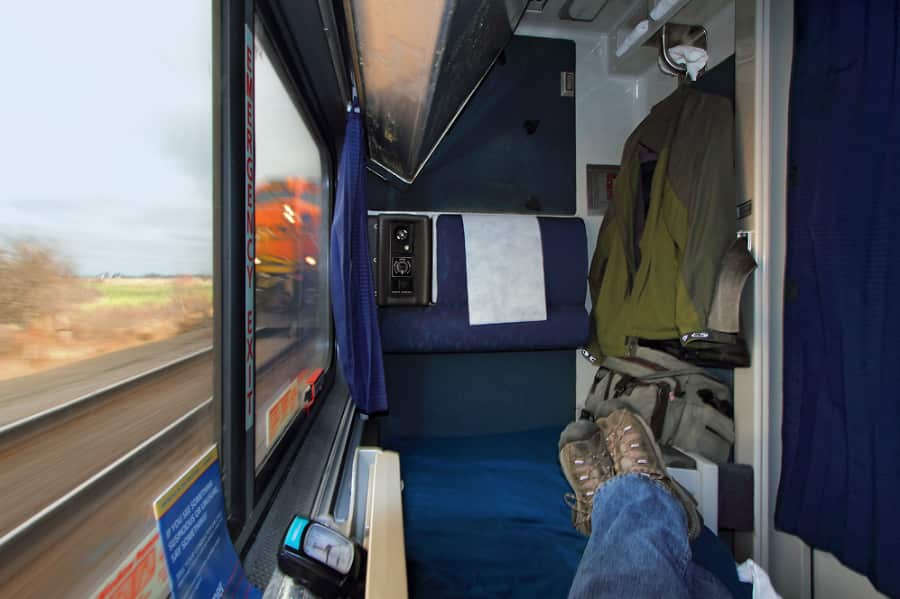
Photo courtesy of Railpictures.net. Image copyright Mike Danneman.
Sleeping Car Passengers Make It Possible
83% of long-distance train passengers choose coach. But the 17% that choose a bedroom provide 44% of the revenue, which makes these trains possible.
It’s a win-win for everyone. Bedrooms offer a huge advantage over driving because travelers are still moving even when they are sleeping. And coach passengers benefit from affordable fares.
Corridor Spotlight: The Southwest Chief
There’s a 2,265 mile corridor between Chicago and Los Angeles. It’s services by the Southwest Chief, which services 355,000 passengers every year.
Because it makes 31 stops, the Southwest Chief serves 528 different city pairs. Passenger trips range from a short 40 miles to a long 2,265 miles and everything in between. People traveling all the way from Chicago to Los Angeles account for 20% of the revenue – but only 8% of the riders.
But there’s only one train leaving each day.
This needs to change. It’s vital for so much travel. But it suffers the same fate as too many overnight trains.
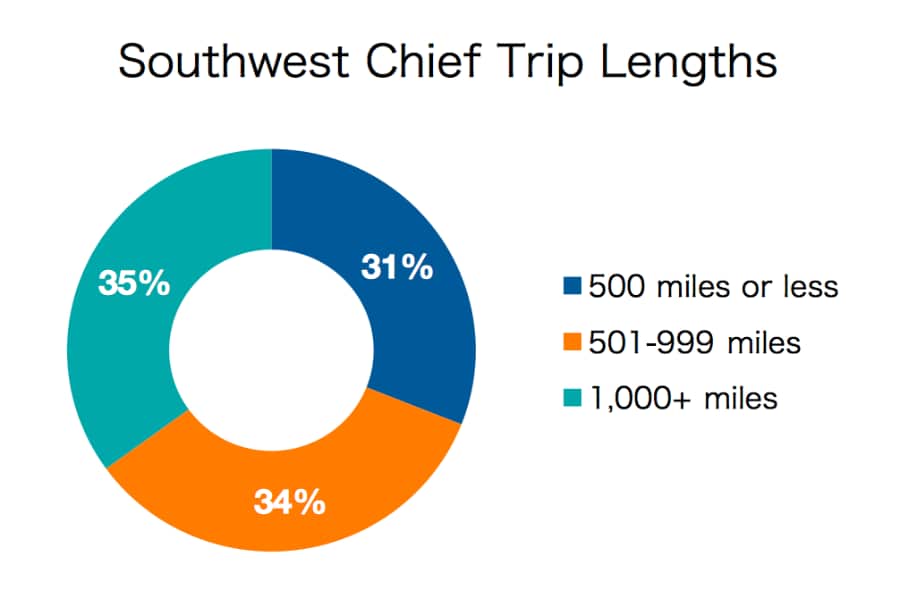
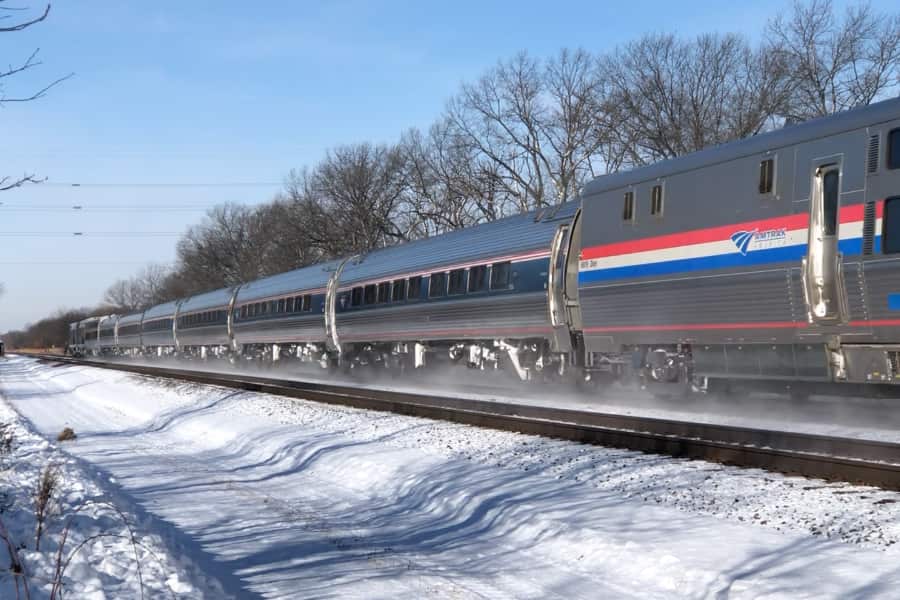
Amtrak’s Inter-Regional fleet is a mish-mash of out-of-date coaches and locomotives. Photo; Rick Harnish.
How a Lack of Funding Hurts Long Distance Travel
The current problem with night trains is intentional neglect. A failure to invest in high-quality tracks and modern trainsets to offer quality service has had predictable results.
Take the Lake Shore Limited, connecting Chicago to New York. A trip that once took 16 hours, now takes more than 20 – if on time. Because there is only one train day, a passenger heading to Cleveland gets there in predawn, never a great time to arrive anywhere.
Inconvenience depresses ridership. It lowers demand. But it doesn’t have to be that way.
More frequent, reliable, and convenient schedules on long-distance trains would induce demand, driving ridership growth on existing corridors.
Let’s Make Inter-Regional Trains Work Right
Help us push for more long-distance trains. Tell Congress to fund expansion.
How to Improve Inter-Regional Trains
The demand already exists to promote better cross-country rail. Here’s what we need to help long-distance trains reach their full potential.
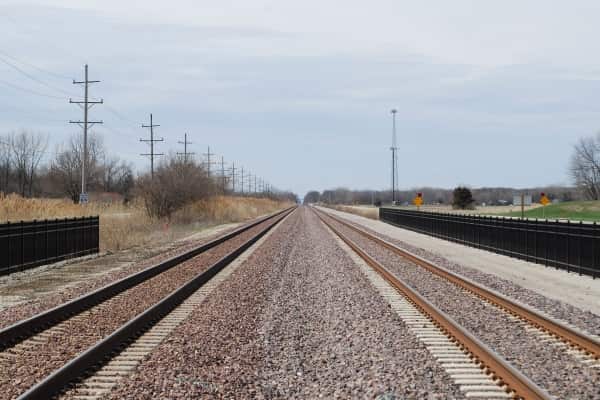
Better Tracks
Amtrak has fought with its most important vendors, the class 1 railroads, about on-time performance for decades. A better approach would be to jointly identify track and signal fixes that will benefit both passenger and freight. Then, jointly ask Congress to fund them.
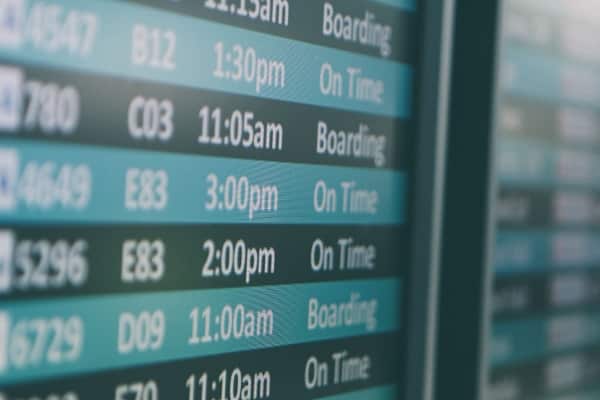
More Daily Departures
When there is just one train a day, some stations are forced to get dark of the night service. At least two trains a day are needed to ensure everyone has daytime service. Spacing the two departures 8 hours apart makes maximum use of existing station employees.
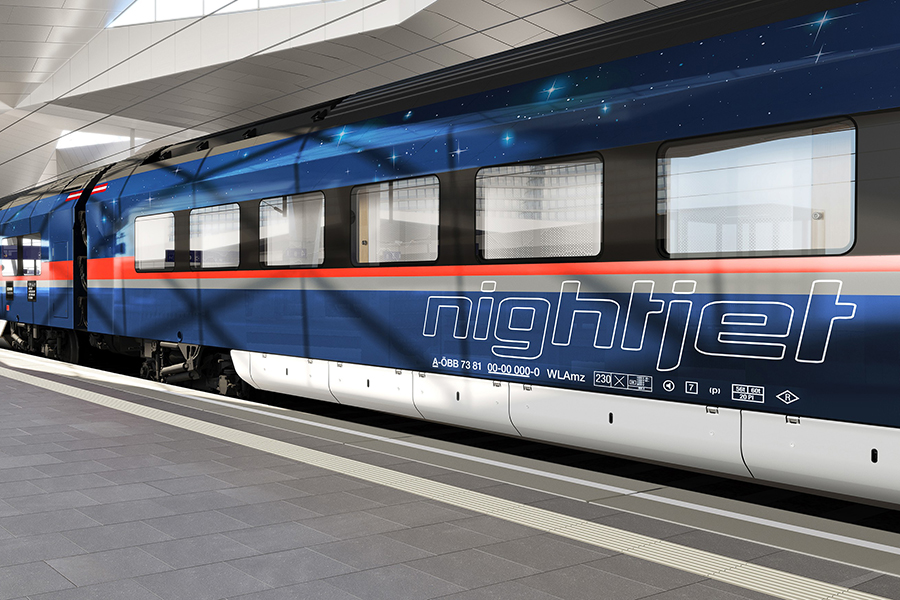
State-of-the-Art Trains
Amtrak’s inter-regional trains are old and past their useful life. New trainsets would reduce operating costs, attract more riders and improve on-time performance. They could even be designed to tilt around turns, cutting trip times without building new tracks.
Inter-Regional Trains Provide Opportunity for All Americans
Cross-country trains provide essential transportation for hundreds of smaller communities — many in rural areas — which are becoming more isolated from major economic centers as regional airline and intercity bus services disappear.
Trains, meanwhile, can make intermediate stops quickly and easily serve town and city centers, offering economic renewal opportunities for communities that have lost population and business to larger metropolitan areas in recent decades.
Long-distance trains also represent the foundation on which we could build a national passenger train network providing new, high-quality mobility choices to a large and geographically diverse cross-section of Americans.
What to learn more?
Resources on the benefits of night trains to riders, communities and policymakers.
- “Long Distance Trains – A Foundation for National Mobility” includes more ideas for how we can improve the network.
- Our August 2004 and 2002 special edition newsletters speak to this topic
- New NightJet trains for Austria show what modern night trains can be
- Residents of Edinburgh and London in the U.K. embrace night trains’ convenience and cost-effectiveness
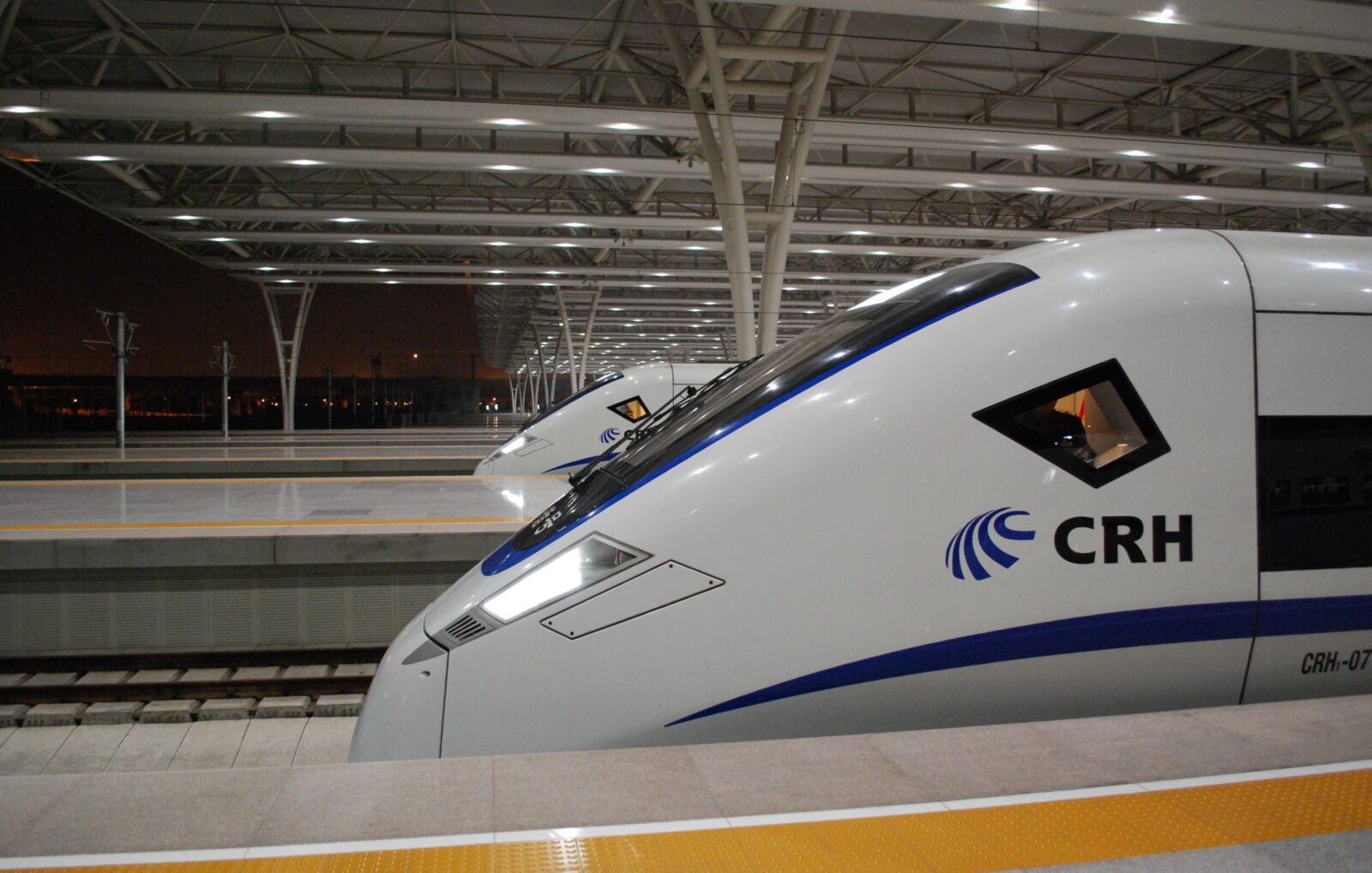
Two night trains prepare to depart Shanghai for Beijing.
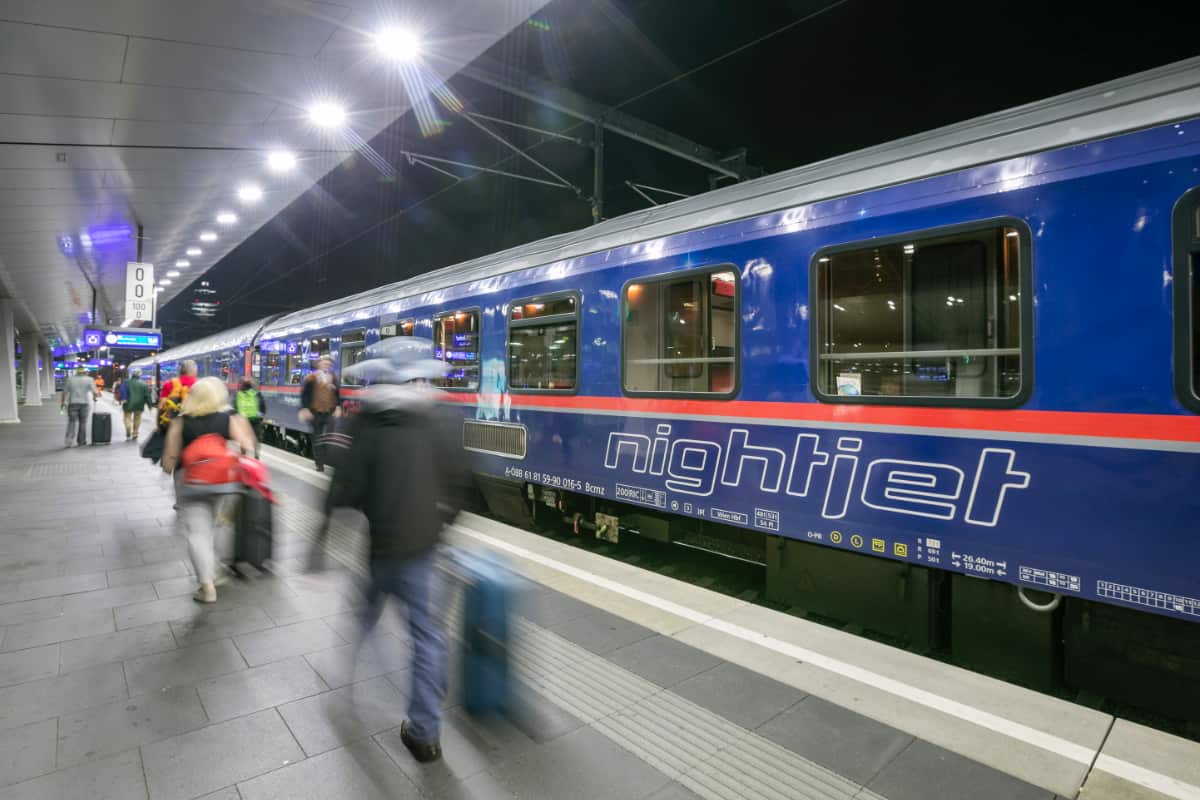
Expand the Inter-Regional Trains
Let’s see it. Let’s connect it. Let’s build it. Let’s make convenient cross-country travel a reality.
